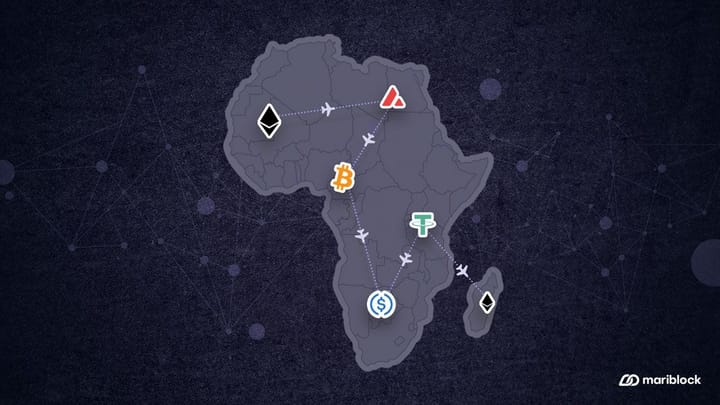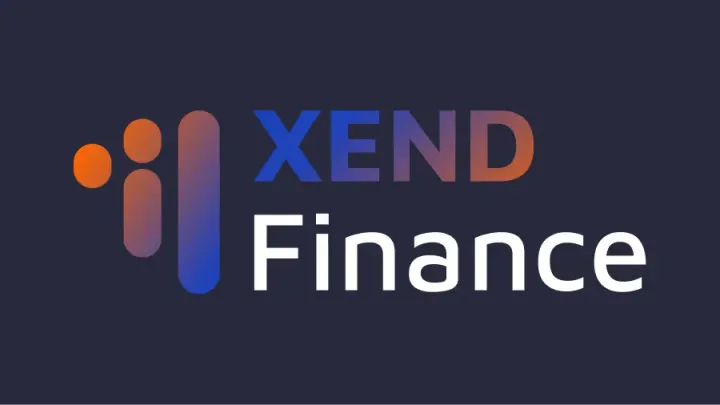IMF presents CBDC system to solve cross-border remittance issues
The system will not be built on public blockchain, as it is considered unsafe, costly and energy-consuming.

The International Monetary Fund (IMF) has announced it is working on a safer and more efficient central bank digital currency (CBDC) system that will solve cross-border transactions problems.
Quick facts
- According to the IMF Managing Director, Kristalina Georgieva, world central banks need to agree on a common platform and rules to ensure global use of CBDCs.
- She noted that without such a CBDC platform and regulations, a vacuum will be created and likely filled by cryptocurrencies.
- Georgieva expressed the view that CBDCs should have real assets as their foundation. She also emphasized that cryptocurrencies lacking asset backing are seen as “speculative investments.”
How it works
- An IMF representative, Tobias Adrian proposed that publicly operated global exchange and contracting (XC) platforms could run a single and shared ledger among countries.
- Registered central bank reserves are kept with these XC platforms and represented with standard digital tokens on the shared ledger.
- Adrian believes since the ledger is run in a permissioned system, it offers a safer alternative to existing blockchain and cryptocurrency solutions in settling cross-border transactions.
- He further said that while the new system could be built on public blockchains, these public blockchains do not guarantee safety, are run with excessive energy in some cases (Bitcoin) and like the Ethereum blockchain, are costly in terms of validation.
What was said
- IMF Managing Director Kristalina Georgieva said during the Joint IMF – Bank Al-Maghrib High Level Policy Roundtable on Central Bank Digital Currencies in Morocco on Monday:
"CBDCs should not be fragmented national propositions ... To have more efficient and fairer transactions we need systems that connect countries: we need interoperability, for this reason at the IMF, we are working on the concept of a global CBDC platform.”
- Adrian noted:
“Our blueprint for a new class of platforms would enhance and ensure greater interoperability, efficiency, and safety in cross-border payments, as well as in domestic financial markets. The cost, sluggishness, and opacity of cross-border payments comes from limited infrastructure.”
Of note
- In 2022, the World Bank reported that sending money across borders in Africa incurred an average fee of 8.01%, making it the highest-cost region for such transactions worldwide.
- Sub-Saharan Africa was also the most expensive region to send money to, with transactions costing an 8.9% fee which could sometimes rise as high as 16% of the transfer value.
Zoom out
- African countries are exploring CBDCs not just for retail use locally but also to facilitate cross-border transactions.
- South Africa has been exploring cross-border CBDCs but is in no rush to be a global pioneer, according to the governor of its reserve bank, Lesetja Kgyanyago.
- Mauritius plans to develop a retail central bank digital currency for the phase one pilot with considerations for cross-border transactions in future phases.
- Other reports say as much as 19 African countries have shown interest in or are developing CBDCs for various reasons, primarily as a digital alternative to hard cash.



